Right-Sizing Amenities
By Chris Moore, Chief Executive Officer (CEO)
We’ve seen it before: go bigger to stand out in the marketplace.
And this absolutely works for a handful of communities in key metropolitan areas. The problem with this mindset is that most communities throughout the country are challenged to transfer success from one environment and realize both design and financial ROI in localized markets.
The hasty answer is to downsize—on the surface, a logical approach. However, digging deeper, this likely won’t achieve the goals for most communities. The better mindset is right-sizing the program around both capital investment and operational costs.
Capital Investment
The buzz and excitement around an amenity offering are eventually balanced with the overall investment. Timing, ROI, and market differentiation are the key considerations when budgeting for a community’s amenity package.
Many savvy developers are sharing strategies around the idea of Peak Capital—the point in the project when the highest amount of capital is needed. Phased approaches that strategically layer amenities and build on the overall community story preserve capital and allow anticipation for the next amenity offering. We guide our clients and evaluate how amenities impact absorption throughout the continuum of a community’s lifecycle.
What determines how robust an amenity package should be for a community?
Number of Residents vs. Number of Users
Basing amenities on the number of units or residents is short-sighted, as these figures can be different. Instead, regularly assess the percentage of residents and their use of specific amenities. With this as a new baseline, we can build in flexibility for the big events.

Allocation of Investment per Lot
Historic guidelines for amenities are a good starting point, but not the full equation. The baseline is $10K. Many premier master planned communities are between $18K to $25K per lot, with upwards of luxury offerings in the mid-$30K range per lot. Research shows that robust amenity packages increase the pace and price point of homes between 10%-20% compared to a similar home in a non-amenity location.

The Community’s Location
Focusing solely within the community may miss existing opportunities. If there are nearby offerings, especially food, beverage, and entertainment opportunities, look for ways to partner and evaluate incentives for residents. It requires minimal upfront investment to incorporate VIP access or discounts to existing establishments.
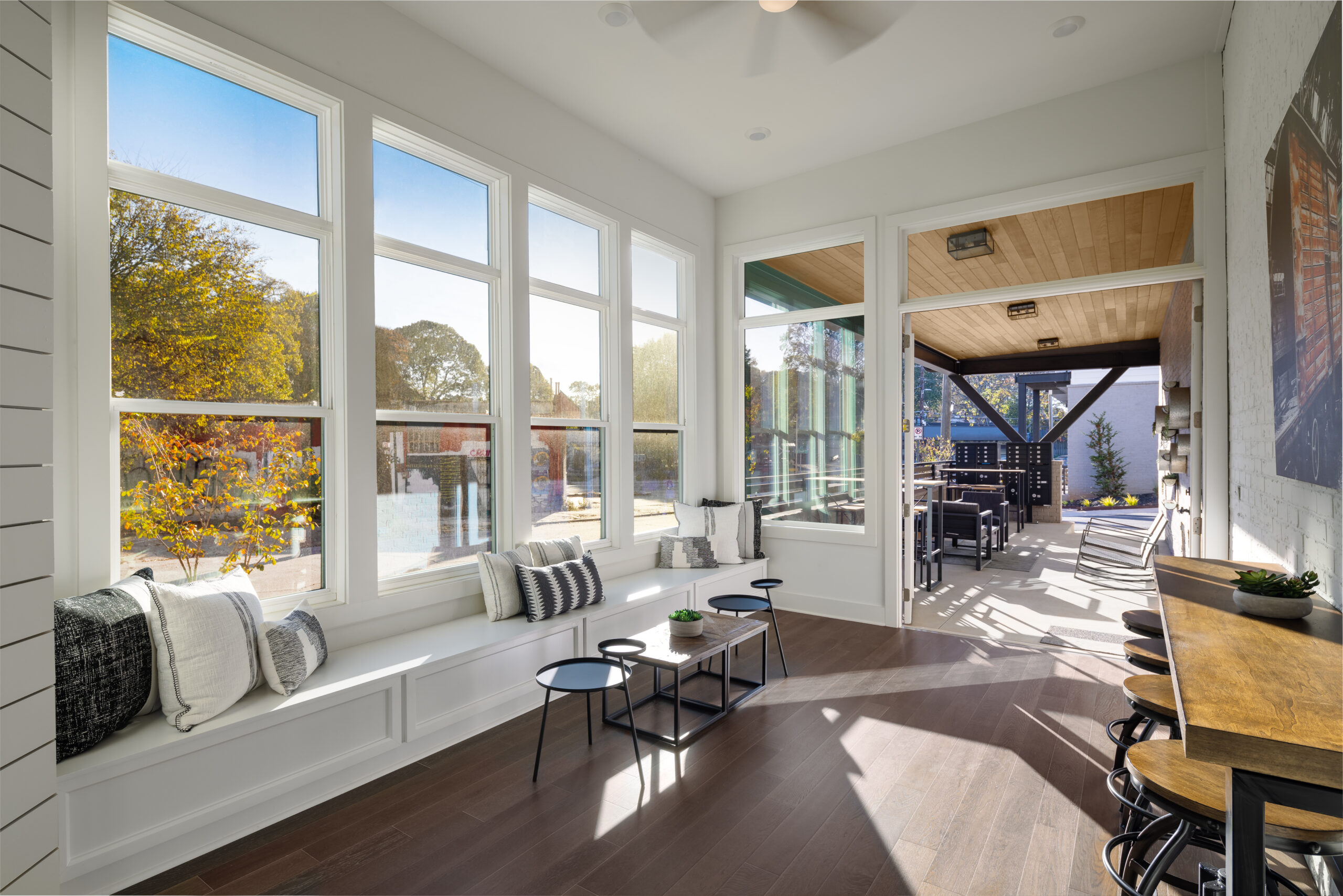
The Land
Don’t underestimate the value of permanence. Seize opportunities to take advantage of the existing land, whether it’s the terrain, trees, water, views, etc. Work around it, enhance it, but avoid spending unnecessary resources to rebuild it.
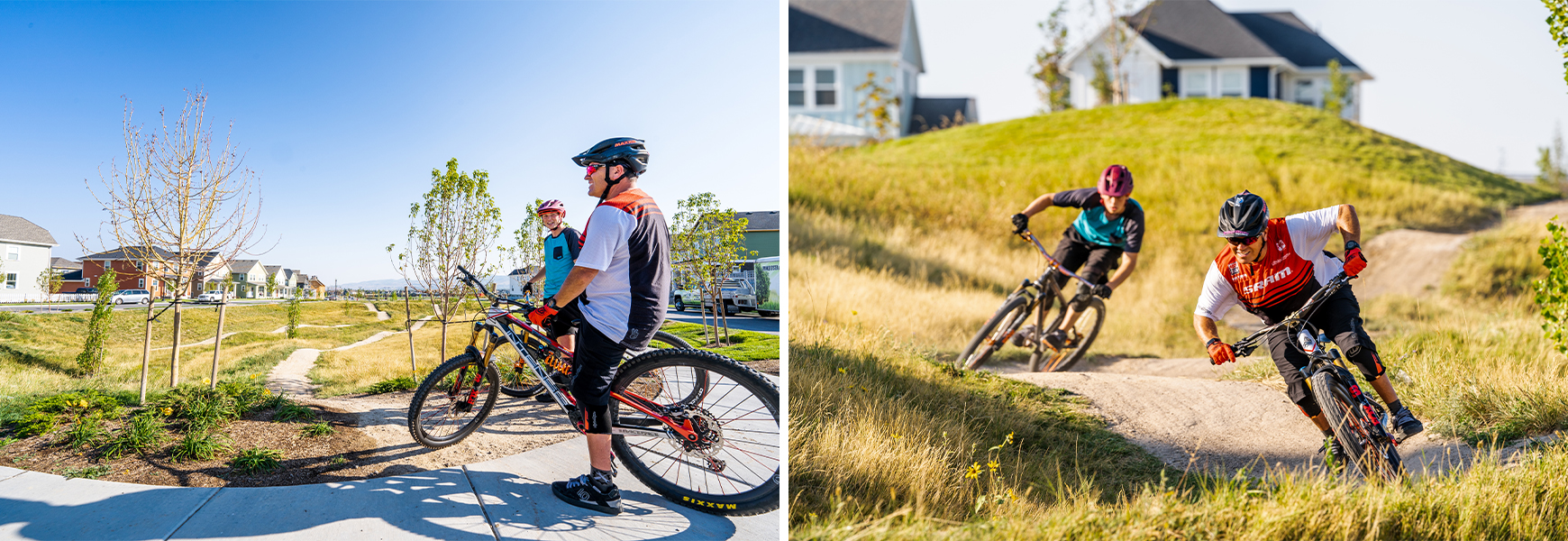
Buyer Profile
Avoid conventional solutions. Every amenity offering doesn’t need a pool that is open for three months of the year in central and northern climates. It may be a “nice to have,” but not the top priority for the diversity of buyers in today’s market. Set the expectations early and build on a unique community story.

Diversify and Pace with Sales – Neighborhood Scale vs. Community
Release amenities often and set a pace that culminates in the ultimate offering. Many successful projects offer smaller amenities early in the community’s lifespan—returning to the idea of Peak Capital, balancing investment with buyer expectations.

Operational Costs
It’s paramount to understand and evaluate operational costs early in the design process. At some point in the project’s life, the burden of operations transfers from the developer to the HOA. Planning for the long-term financial health of the amenity package helps enhance the developer’s brand and establishes a quality, long-term relationship with residents.
Right-sizing amenities is both about initial design considerations and revenue generation. Too often, the focus is only on initial selections—size and design elements—and contributes to the downsizing misconception. While downsizing will reduce operational costs, it can also potentially dilute a unique selling proposition and the excitement associated with the amenity. Instead, adding revenue generation to the equation multiplies the considerations for right-sizing, and exploring ways to augment HOA dues adds unique differentiators to the overall amenity offering.
A few considerations to mitigate operational costs include:
HOA Dues and District Fees
Research provides guidelines to help your community be competitive in the market. However, if a unique amenity offering requires higher dues, there is a high probability that residents will pay for it.
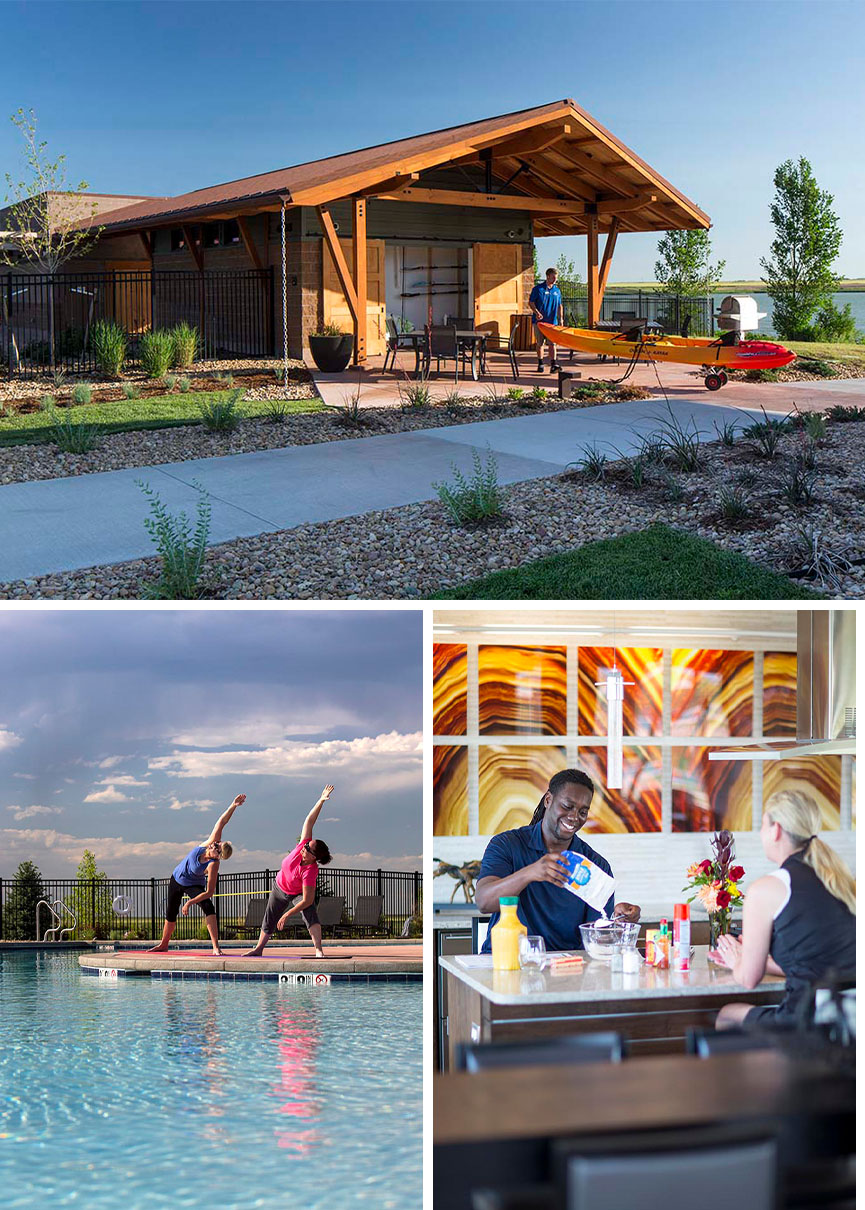
Staffing and Employee Count
While design is important, people and relationships make a community. Approaching the amenity as a hospitality experience with a concierge mentality connects residents and ignites passion for the community. Incorporating community ambassadors into smaller amenities will always pay dividends.

Maintenance
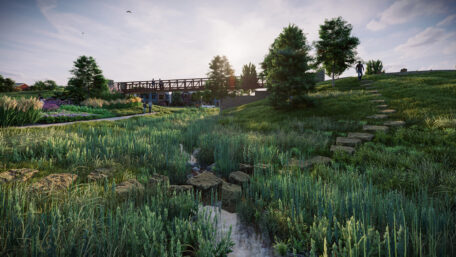
Much of the US faces the challenge of reducing water usage. Traditional water and maintenance-intensive landscapes are an economical way to launch amenities, parks, and open space environments, but the upfront savings become an operational drain. Seek ways to balance upfront and long term costs associated with water usage, especially in these environments.
Income-generating Programs
Finding income-generating programs to help operate community amenities provides both a community benefit and a long term revenue stream, and could look like:
- Community Gardens – Who doesn’t want healthy, locally-grown food? Partnering with local resources reduces the burden of establishing and maintaining these labor-intensive amenities.
- Health and Wellness – Providing group and individual classes for an additional fee enhances the fitness component.
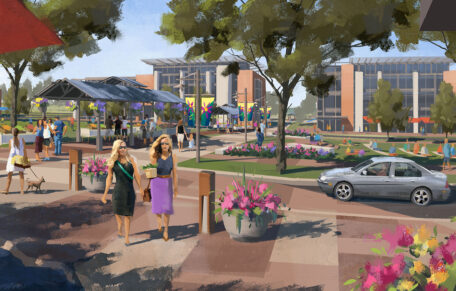
The Lakeway Town Center energizes social engagement with concerts, art shows, farmers markets, and nearby dining and retail, creating ongoing opportunities to generate revenue and enrich resident experiences. - Art and Music Studios – Attract nearby professionals who want to share their passion and values with those in the community.
- Workplaces – Capitalize on the flexibility of remote work to enhance amenity offerings. Many new communities offer an alternative to Starbucks and having a local establishment to grab a coffee, pastry, and catch up on emails helps activate a community.
- Dogs, Drinks, and Live Music – It’s the magic elixir to drive revenue!
Partnerships
Seeking partnerships to bolster your community’s offerings could include:
- Local Operators – Resource local coffee shops, breweries, trainers, gardeners, and artists.
- Public-facing Opportunities – Food and beverage, music, events, and educational classes.
- Non-profits – YMCA, Club Teams, Arts and Music, Schools, and Religious Institutions.
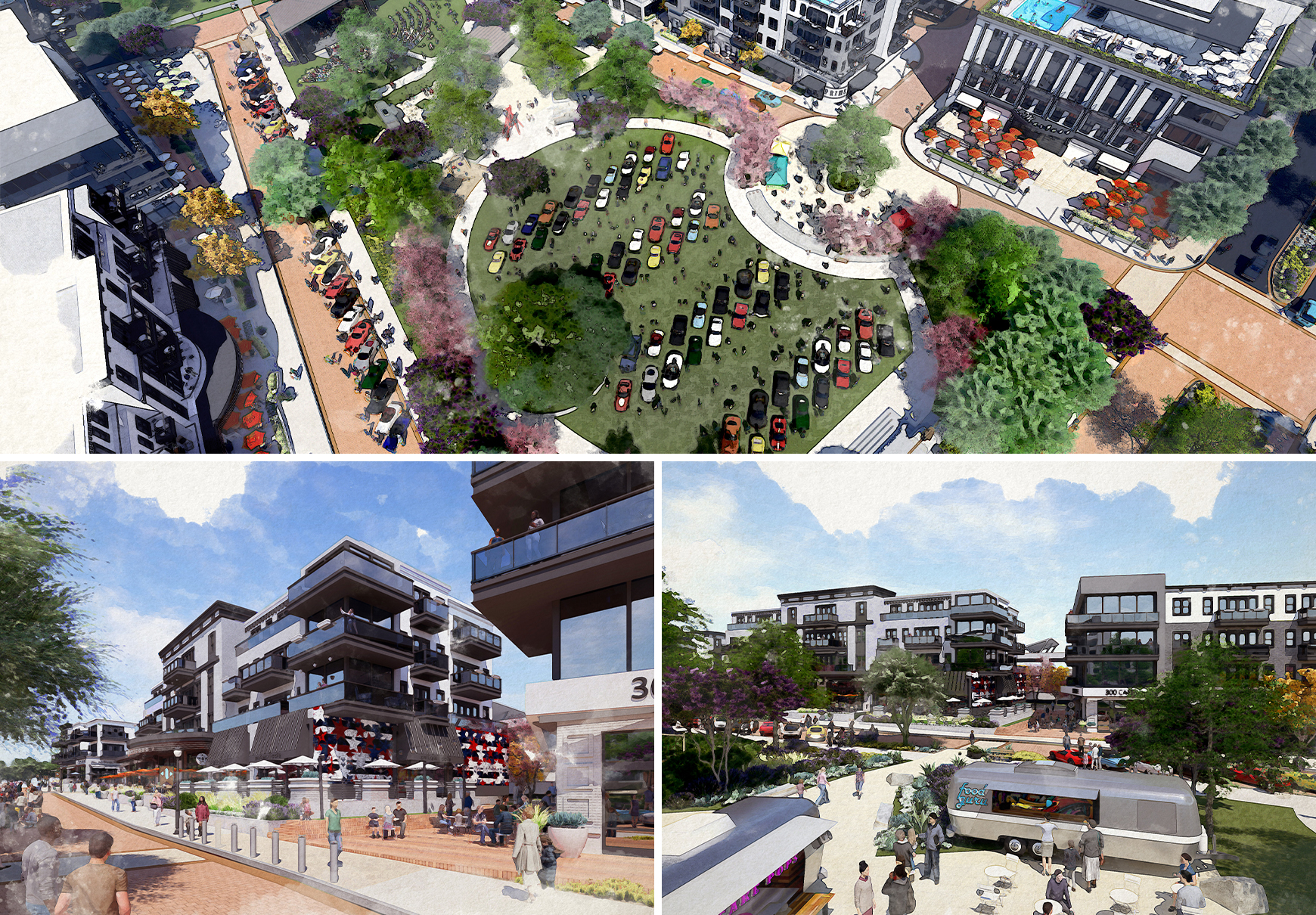
To summarize?
The amenity race is in full swing. Looking for an edge? Incorporate alternatives to scale through creative design and intentional revenue generation.
Right-sizing community amenities requires forethought and creativity. Consider phased amenities that build on the overall community story to preserve capital and build ongoing interest throughout the community’s lifespan.
For a closer look at these game-changing strategies, catch the Sell the Lifestyle, Not the Lot: Amenity ROI webinar on-demand with Chris Moore, Brian Ryckman, and Seth Hart.

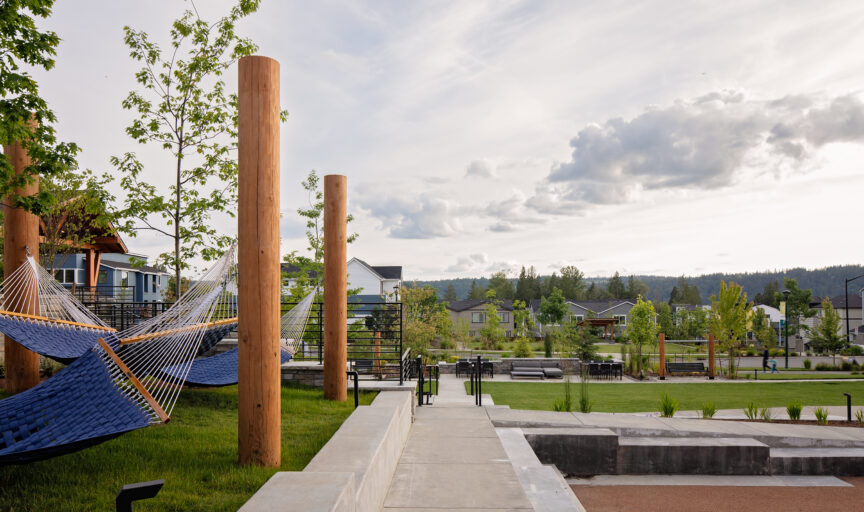

 BACK TO BLOG
BACK TO BLOG